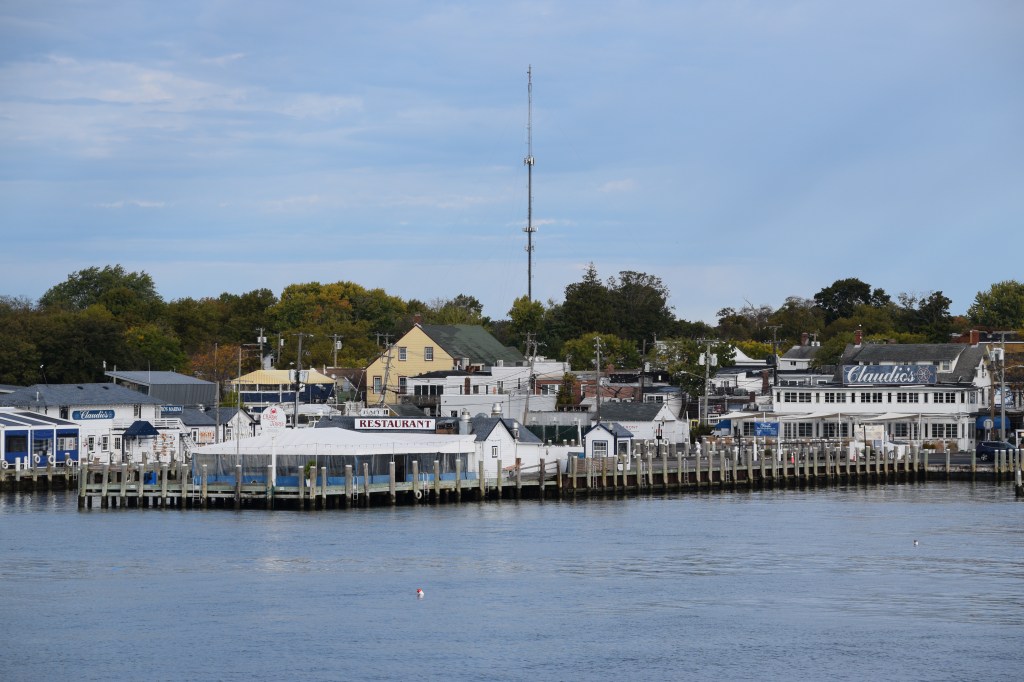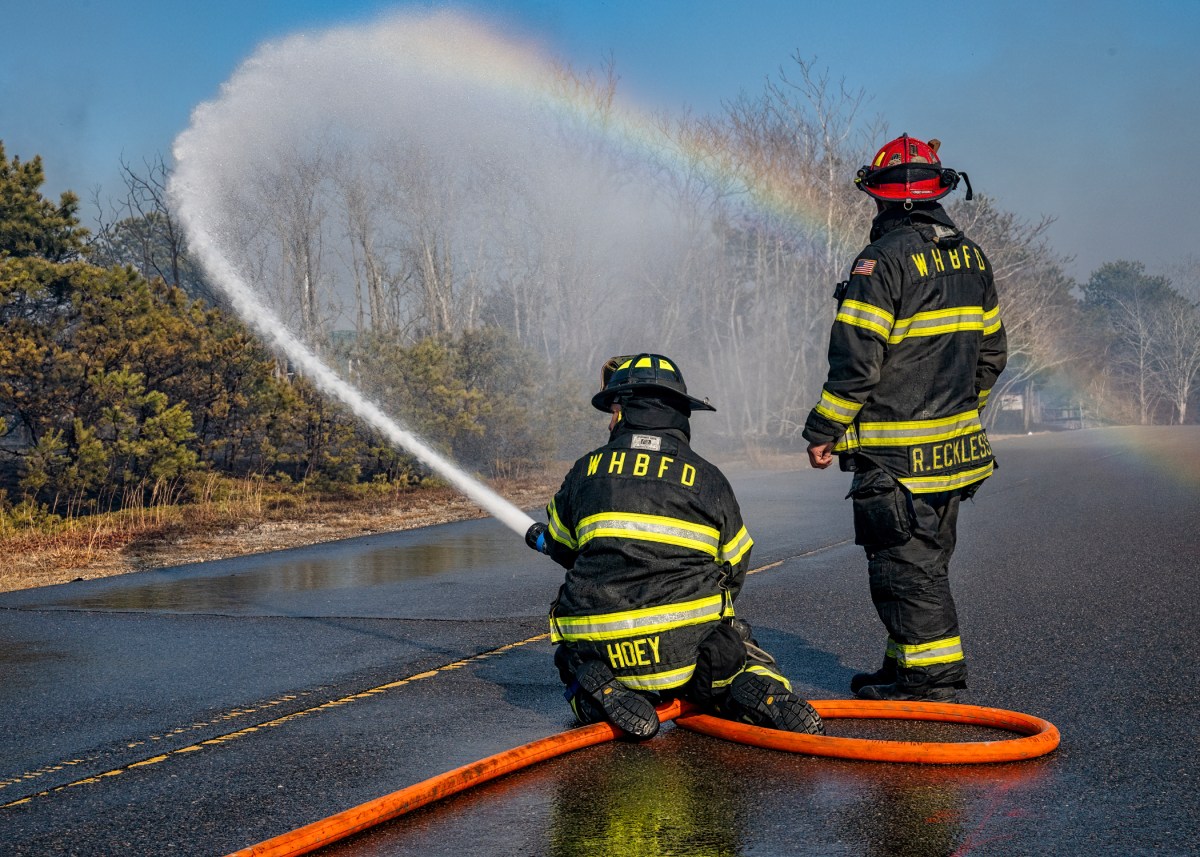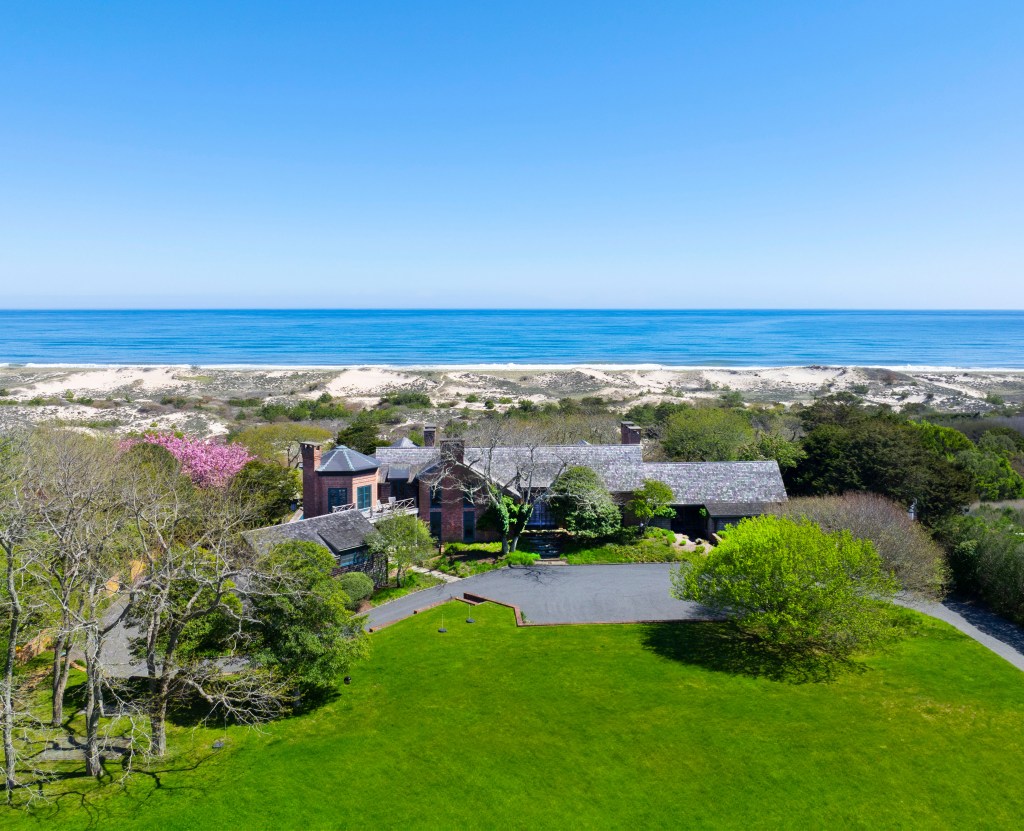Shinnecock Voices: Ecological Knowledge Is Foundational in Global Sustainability
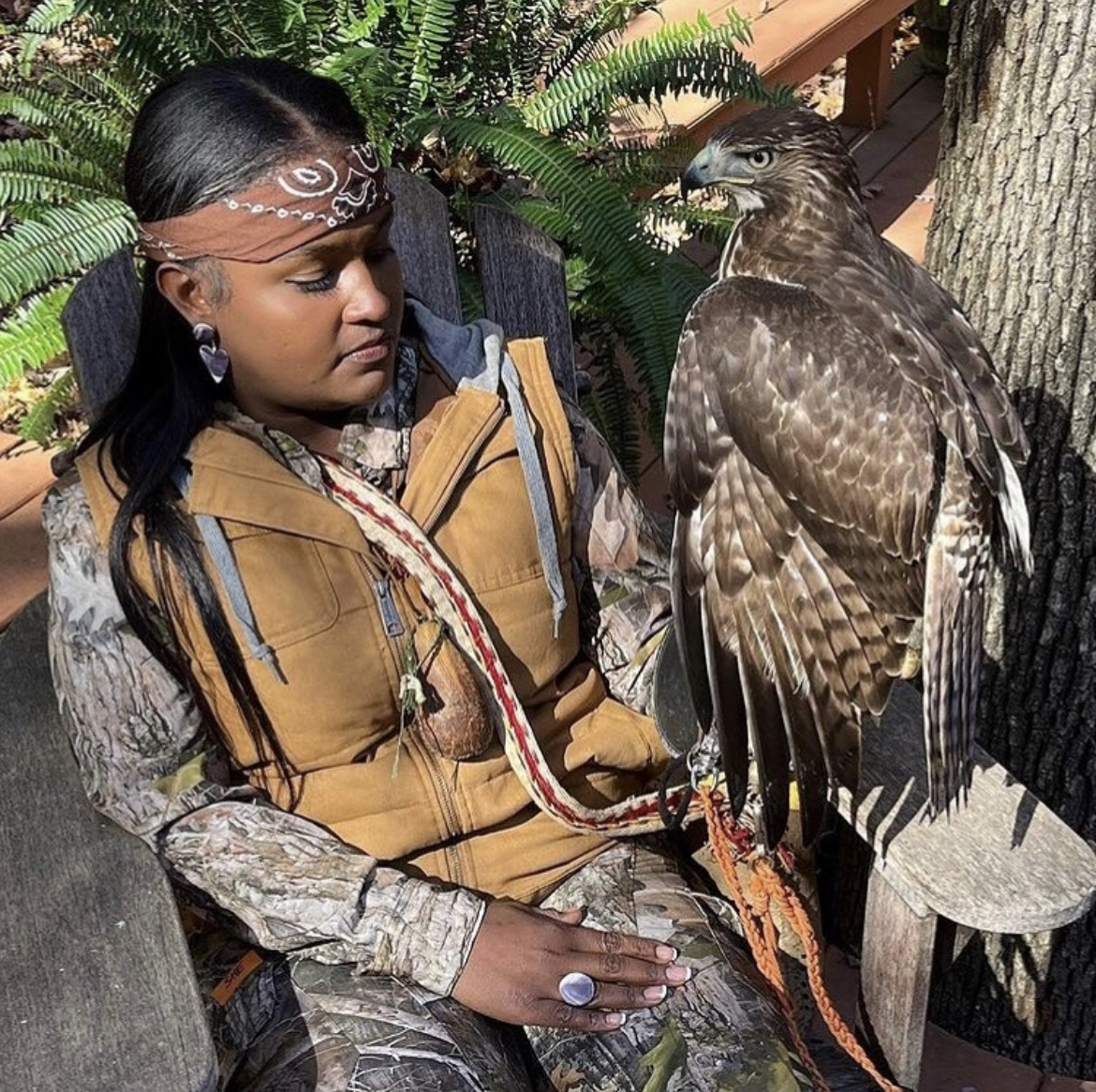
Earth Day has been every day since the earth existed. However, prior to 1970, there was no EPA, no Clean Air Act and no Clean Water Act. There were no legal or regulatory mechanisms to protect our environment, and Indigenous peoples were just at the height of the American Indian Movement, fighting for sovereign rights. Senator Gaylord Nelson created Earth Day to force bringing awareness of the environmental problems onto the national agenda.
“The objective was to get a nationwide demonstration of concern for the environment so large that it would shake the political establishment out of its lethargy,” Senator Nelson said, “and, finally, force this issue permanently onto the national political agenda.”
The very act of cutting down old-growth forests decreases moisture production. It degrades into a dry ecosystem, catastrophically losing species of plants and animals and altering the global water cycle. The ocean heats up and becomes more acidic, the coral reefs die, pollinating insects begin to disappear, and the arctic melts rapidly. The effects of bioterrorism accelerate the rate of climate change dramatically.
Indigenous rights are environmental rights as it is our very existence that the environment is dependent upon to thrive. For many, this might come as a concept or a gesture, but it is our whole way of living for us. Many of the first laws in the old colonial settlements interrupted our biocentric lifestyles. Removing Indigenous peoples from that lifestyle has significantly affected our earth. Many people focus on colonization’s impact on the Indigenous people, but it’s essential to understand that the environment was equally impacted.
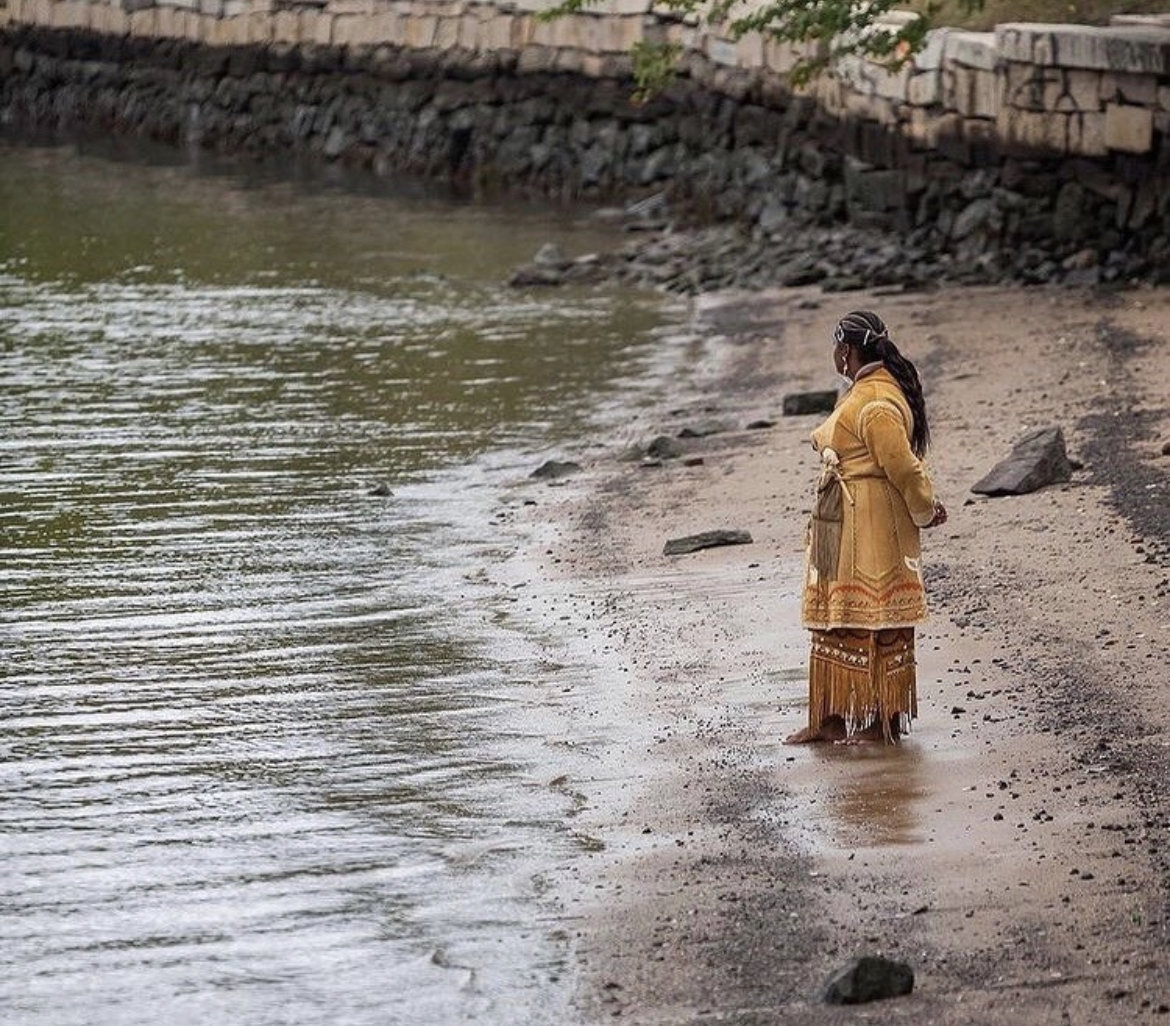
Foreign animals and plants brought so many foreign diseases that they have not recovered from even to this day. There are first-hand written accounts of wars that were created because Indigenous women tried protecting their gardens and clam beds against the foreign pigs that were brought here by the settlers. The settlers allowed their livestock to roam, and the feces of the livestock would contaminate freshwater areas and change the salt content of the clam beds that local natives would shellfish. The gardens would be raided by livestock on a daily basis. These wars were called the “Pig Wars” or known to many as the “Kieft Wars.” Although Indigenous people were wrongly accused of the theft of pigs, they were easily targeted because of their long-term frustration with the adverse effects on the environment the foreign animals brought.
There are tribes around the country that have written the rights of nature into their tribal laws. Doing this not only protects our environment but also asserts Tribal sovereignty when practicing our customs in protecting nature. The White Earth Band of Ojibwe and the 1855 Treaty Authority adopted the Manoomin Law that states: “… possesses inherent rights to exist, flourish, regenerate and evolve, as well as inherent rights to restoration, recovery and preservation.” This law protects the wild rice and clean and fresh water resources on and off reservation.
Another set of laws made against our ways of living prohibited us from speaking our traditional languages. In fact, in the town of Southampton, Shinnecock people were put in stocks without food or water on Jobs Lane if caught speaking Shinnecock. I grew up hearing stories passed down from elders who have parents or grandparents who were the first generations to experience forced assimilation. The Indigenous language people speak in a frequency that allows a physical and spiritual connection to the earth. When we were forced to stop speaking those words, that connection was interrupted. Many states have regulations that have removed our traditional names for many plants. Due to the laws against speaking the language for hundreds of years, it also affects our memory of which of our traditional words were used for our environment. When language is removed from a people, the culture of a people fades.
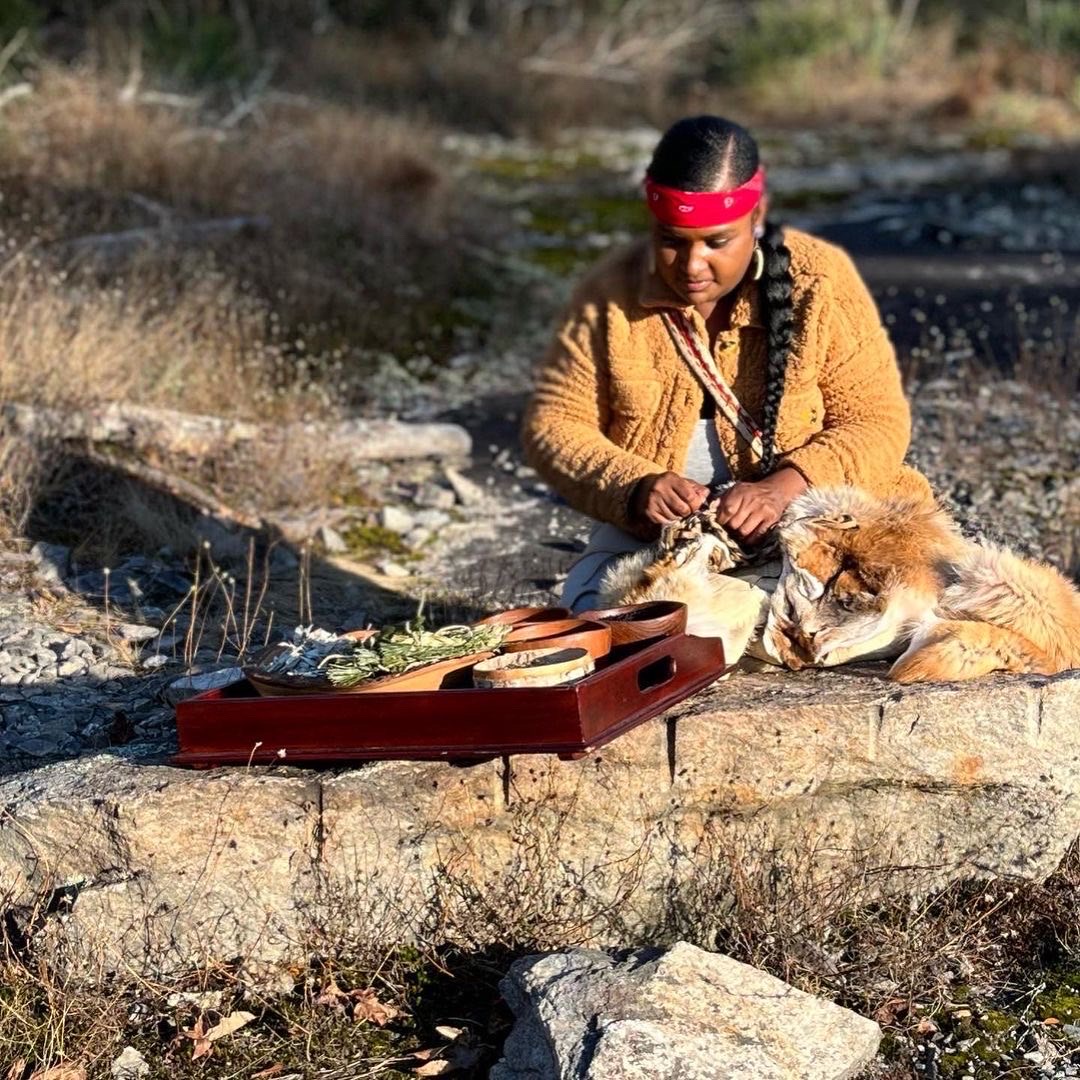
Today, the movement to reclaim Indigenous language is revitalizing Indigenous knowledge. Indigenous people worldwide hold a common belief system that the body, mind and spirit are interlinked and require total wellness for physical and spiritual wellbeing. In the last several years, all walks of life have begun to hold deeper respect for this common belief system. The need to understand how to create solutions to end environmental injustice is being demanded worldwide.
In fact, in November of 2021, the White House committed to elevate Indigenous Traditional Ecological Knowledge (TEK) in the federal scientific and policy process. TEK is a body of observations, oral and written knowledge, practices and beliefs that promote environmental sustainability and the responsible stewardship of natural resources through relationships between humans and environmental systems. We are in times when the tables of decision-making are becoming more diverse, and it is at those tables we can learn from one another. The earth is dependent upon it.
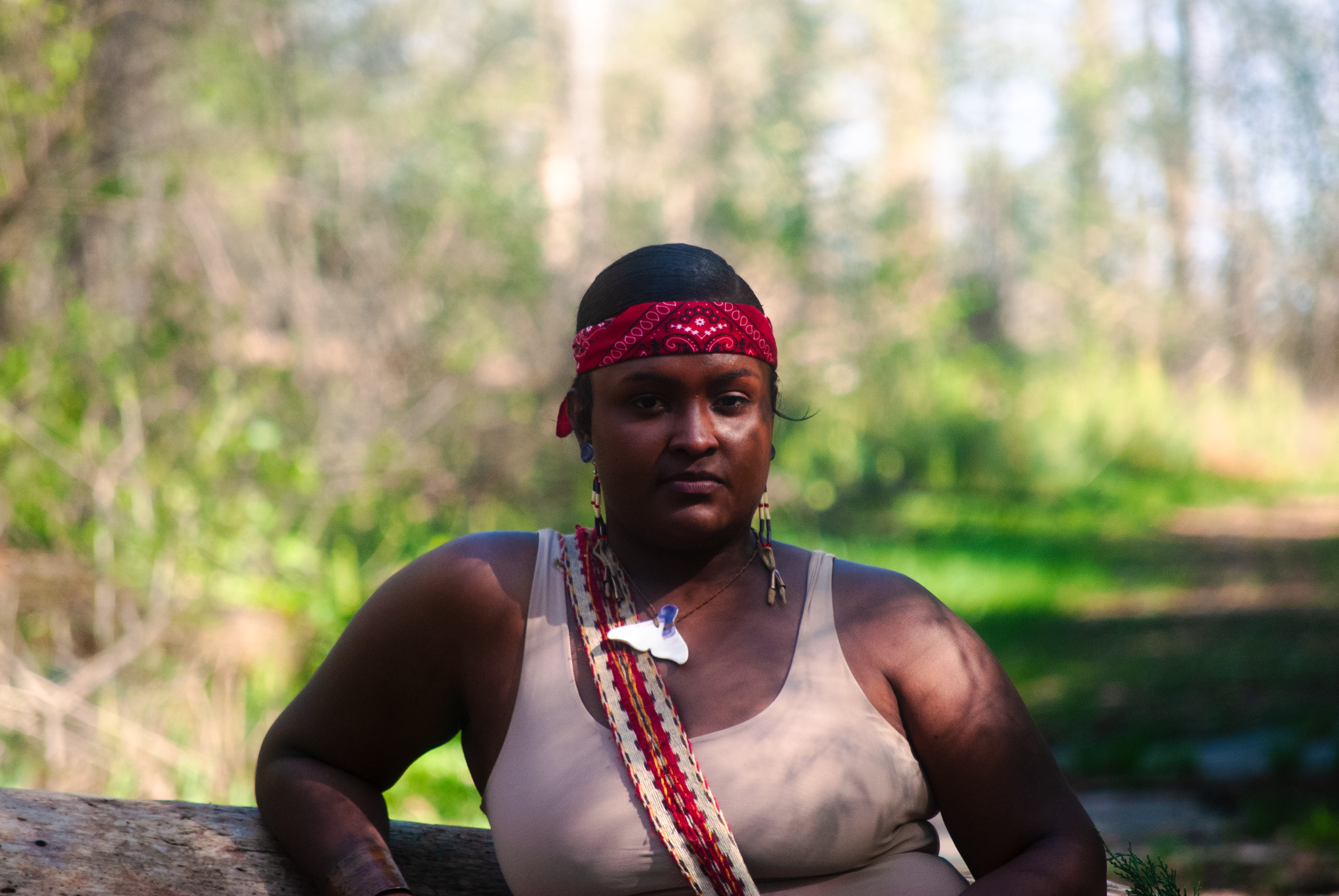
Indigenous peoples manage to hold tenure over 25% of the world’s land surface and support about 80% of the global biodiversity, making up less than 2.5% of the human population. As of 2020, the world population was 7.8 billion, and the remaining wilderness was 35%. Volunteering or investing in Indigenous peoples and communities is helping to restore the wellbeing of the earth. Earth is foundational to all life, and it unifies us. We can each make small shifts in our individual lives to take steps toward harmony with nature. Every year on April 22, we have the power to come together globally to take those steps together.
Here are a few suggested ways to celebrate Earth Day: Reduce, reuse and recycle. Conserve water. Learn about the global 17 sustainable development goals. Invest, donate or regularly volunteer for environmental justice initiatives. Shop eco-friendly created brands. Follow Indigenous social media accounts that focus on environmental rights, including @netooeusqua, @moskehtuconsulting, @indigenouswomenhike, @outdoorafro, @niamucklandtrust, @b2yrcampout, @purple_maia and @Puacase.
Chenae Bullock (headshot by Gabriel Rudd) is an enrolled Shinnecock Indian Nation Tribal Member and descendant of the Montauk Tribe on Long Island. Chenae is a mogul, community leader, business leader, water protector, land defender, cultural preservationist and humanitarian.
“Shinnecock Voices” is a monthly column in which citizens of the Shinnecock Nation share stories and opinions, discuss the projects and campaigns they’re working on, and allows readers an inside view into their incredible community.

